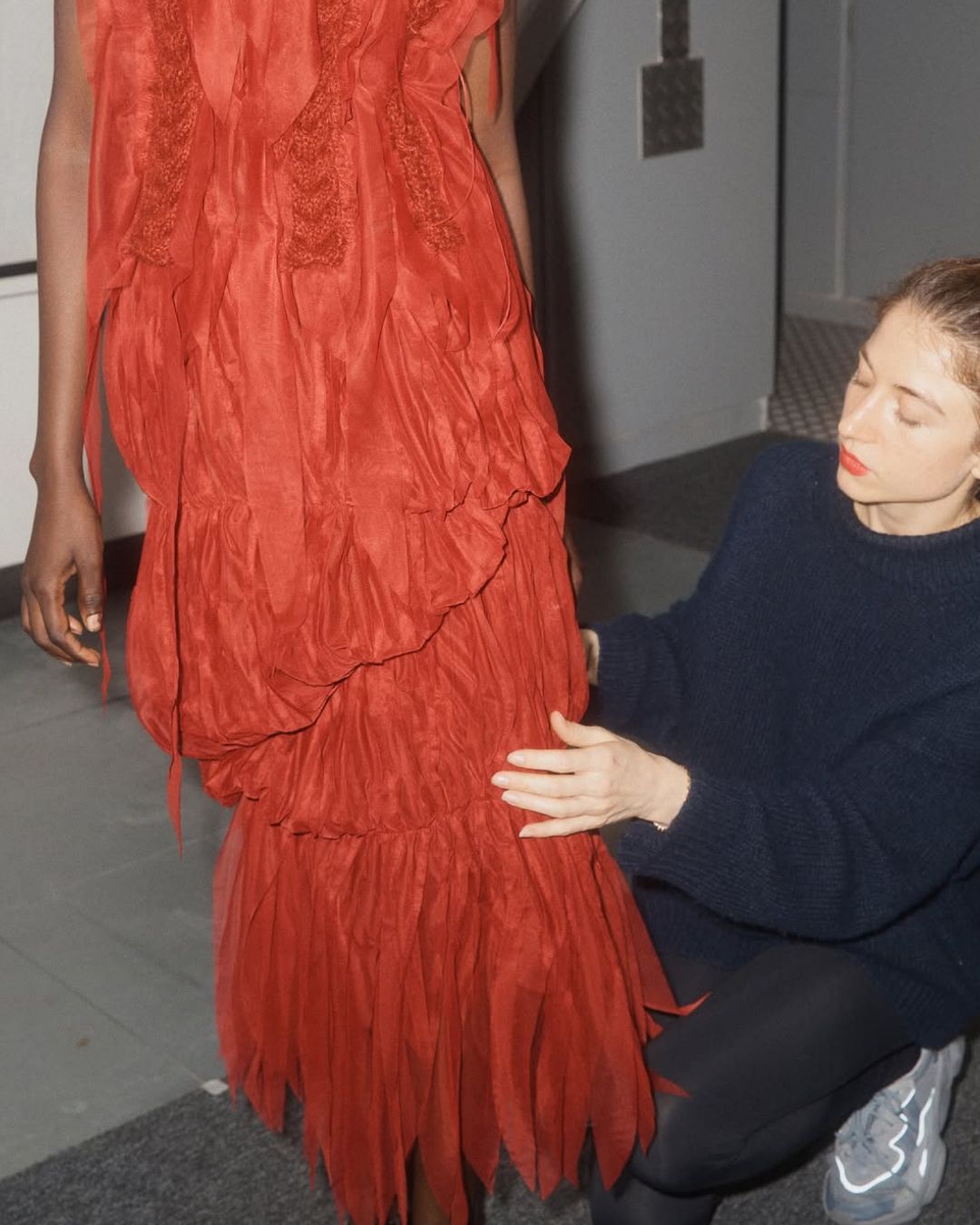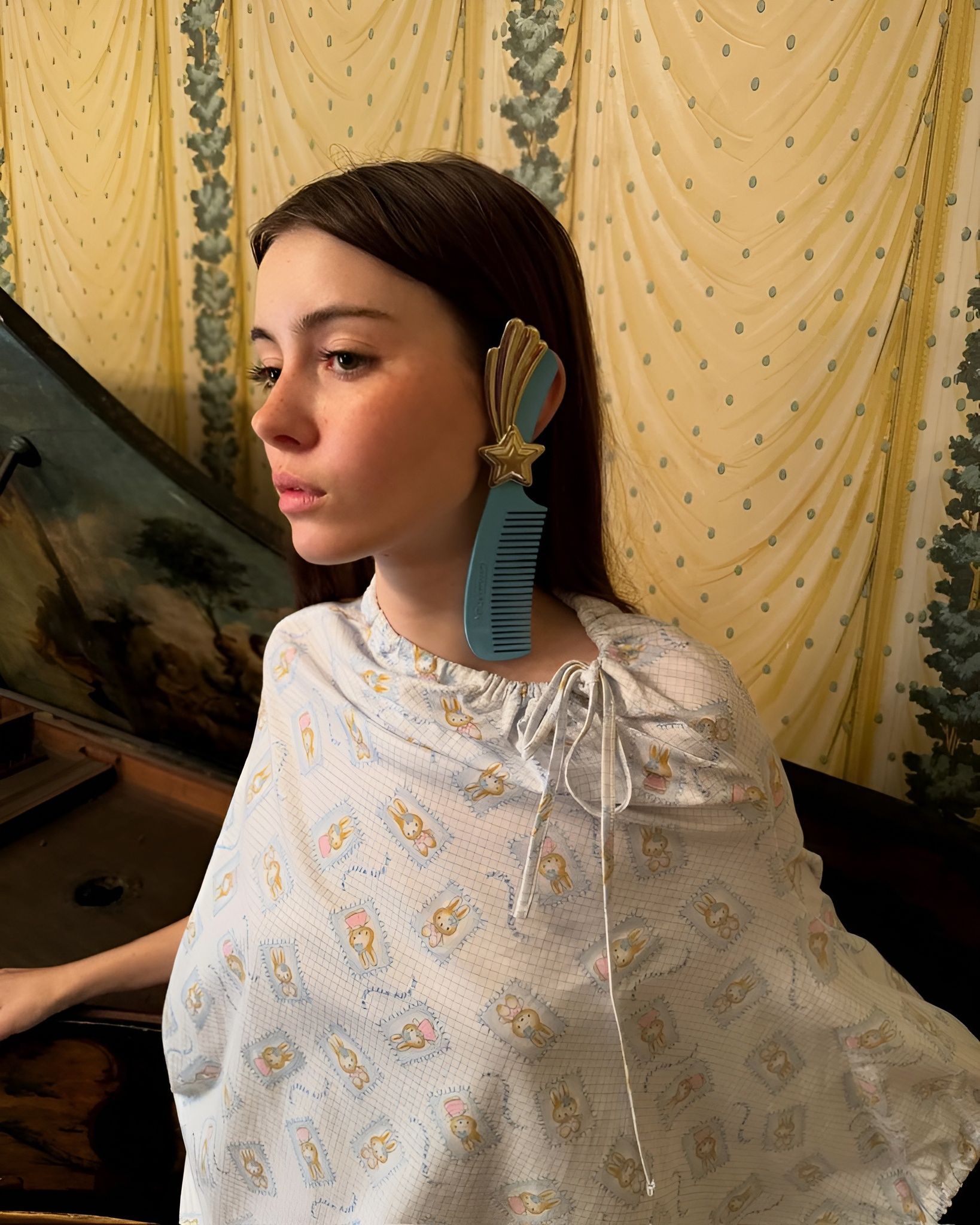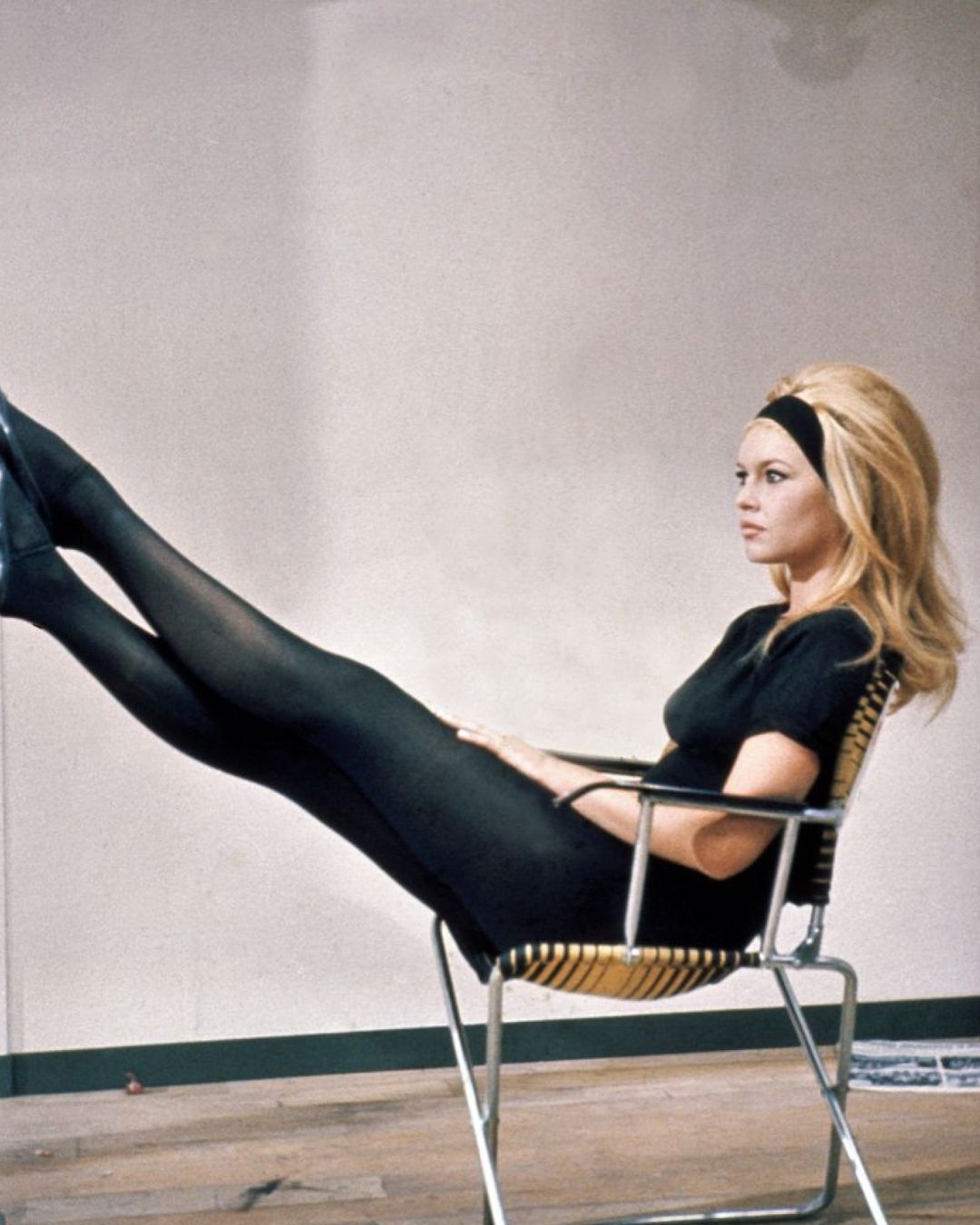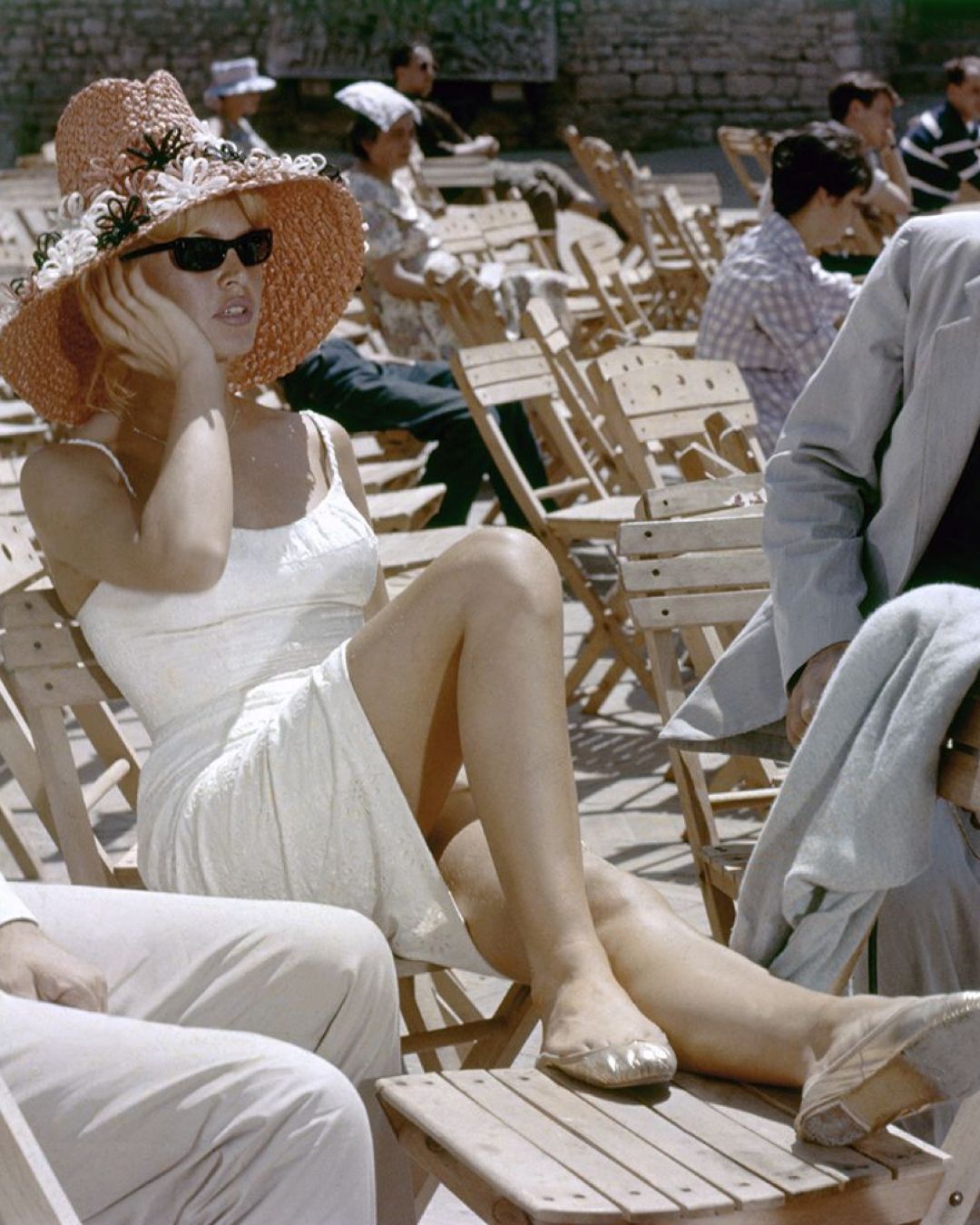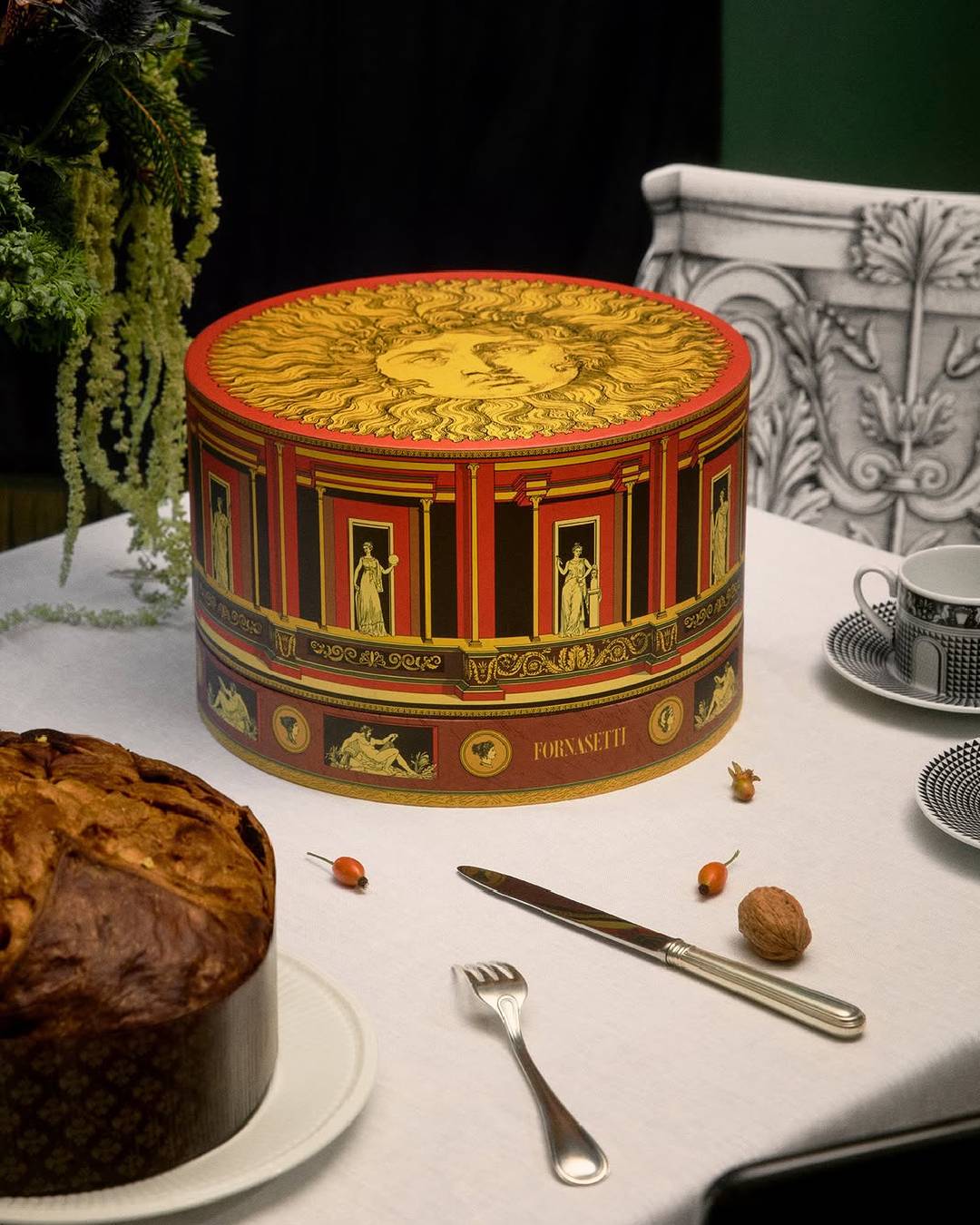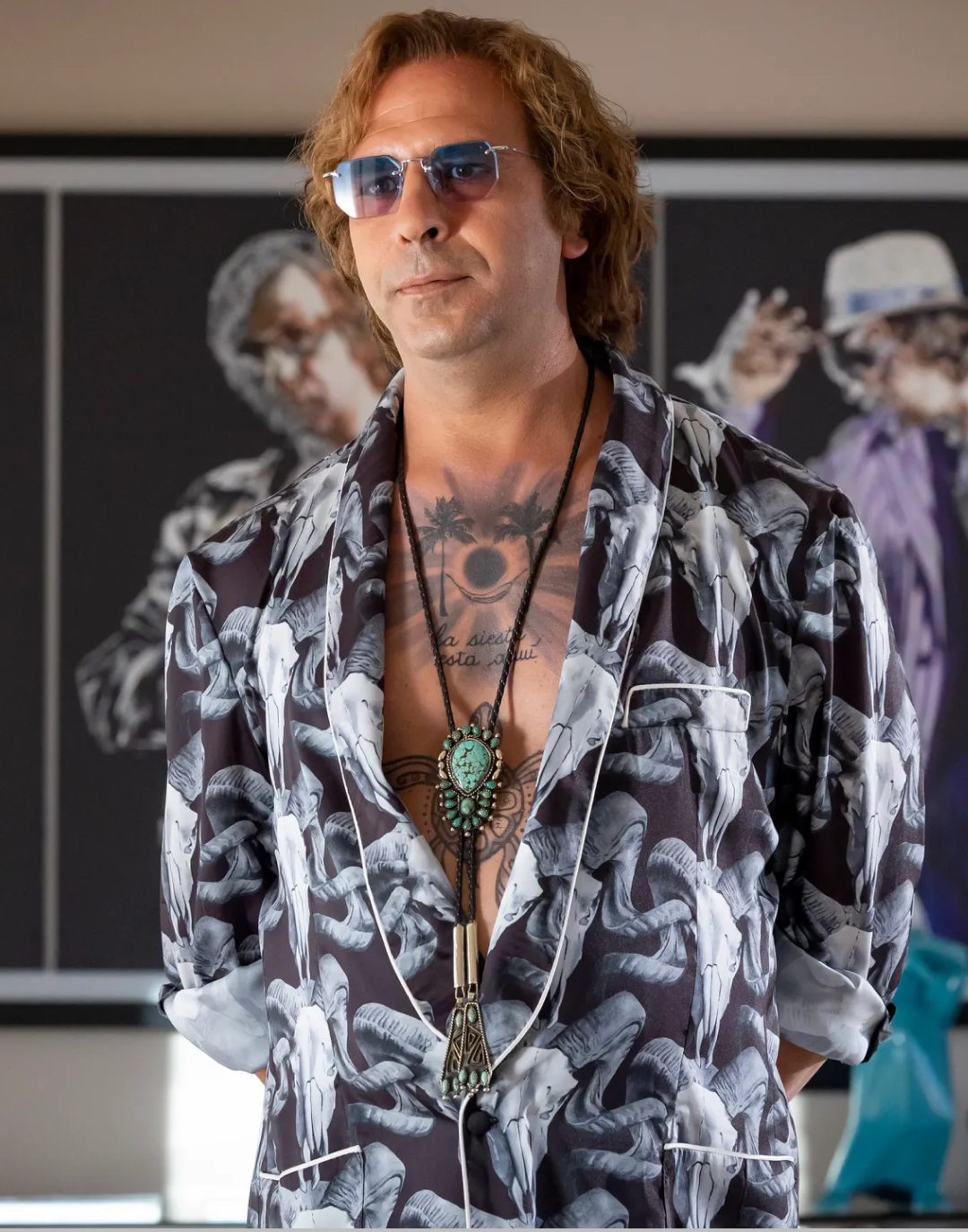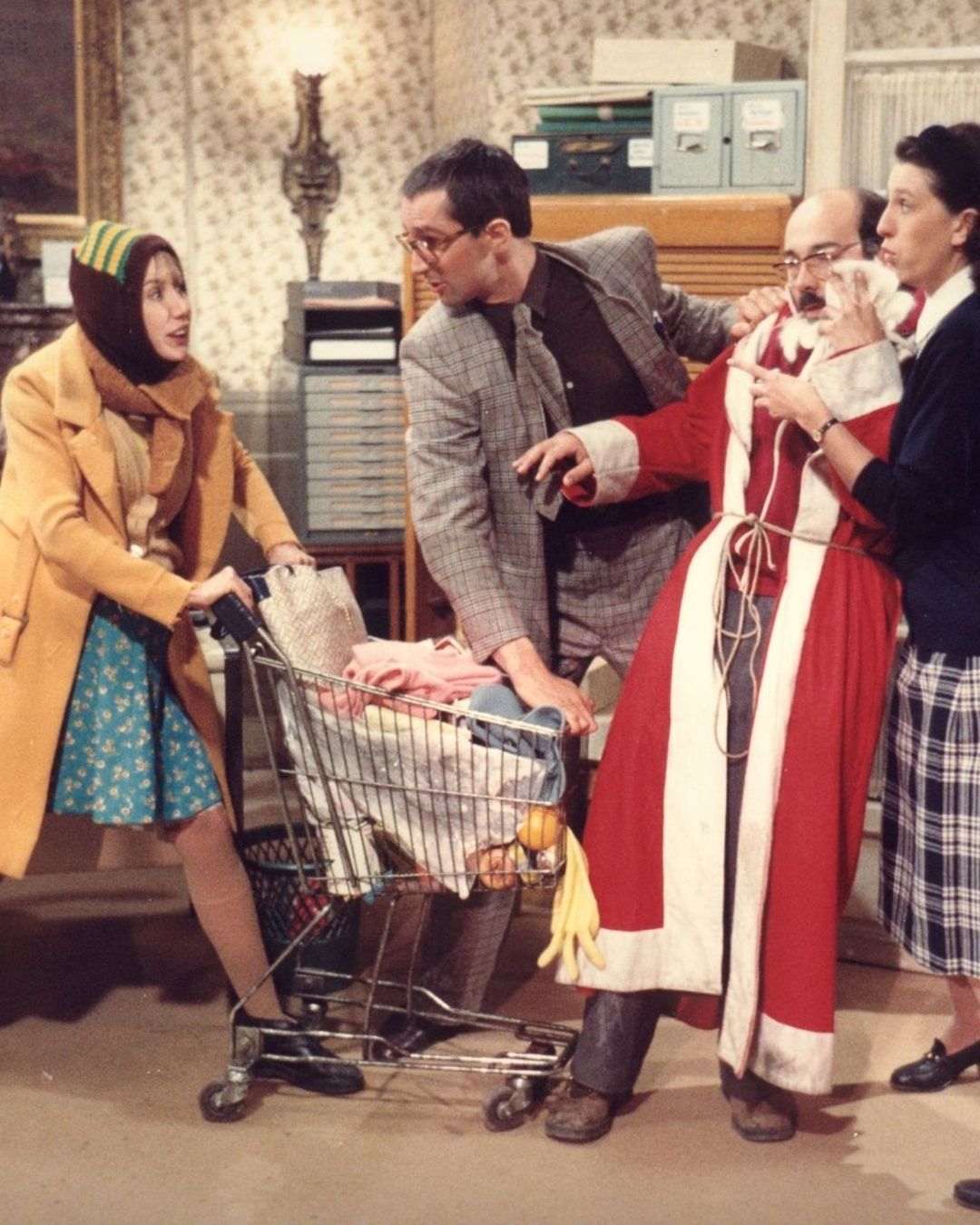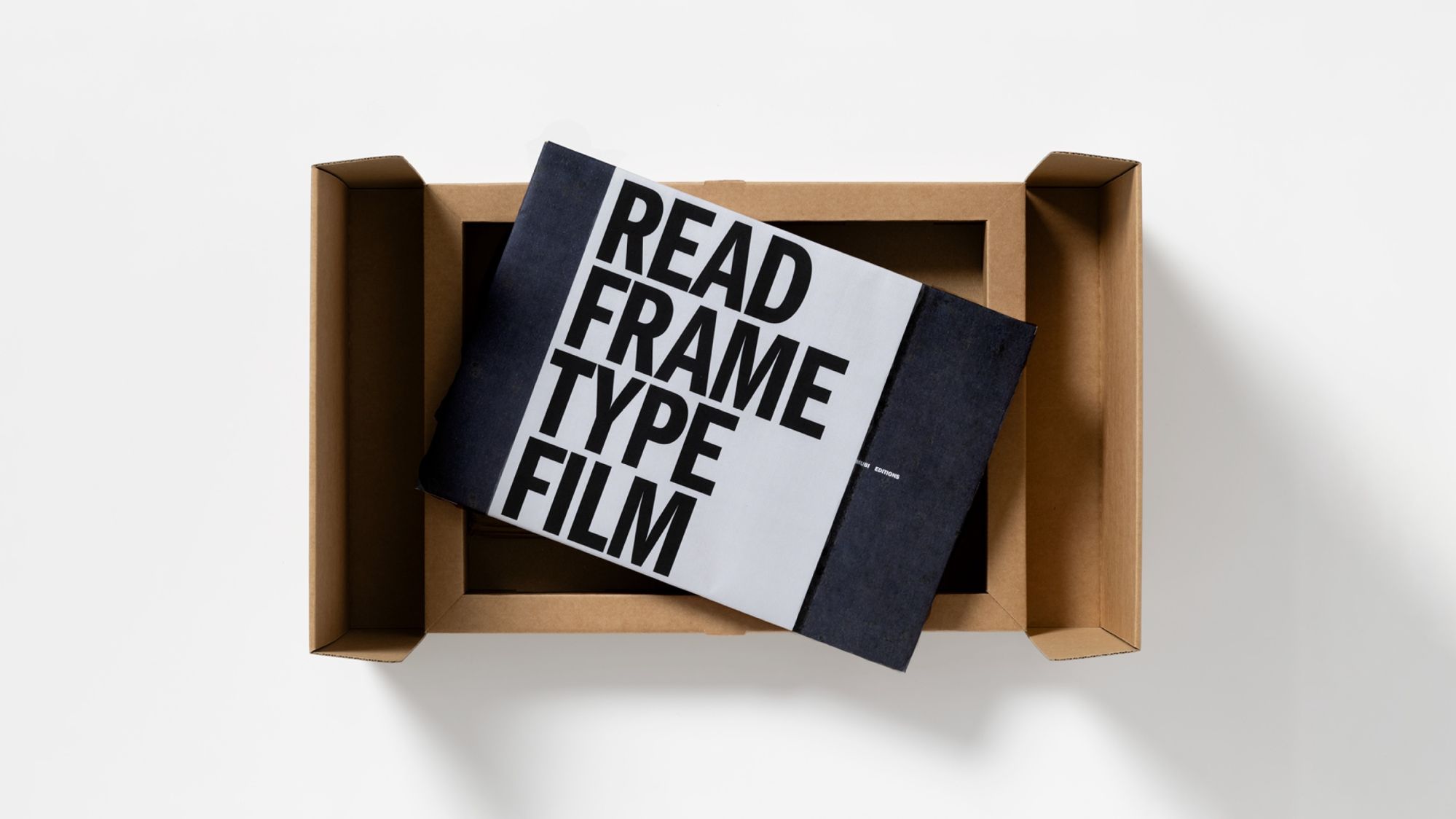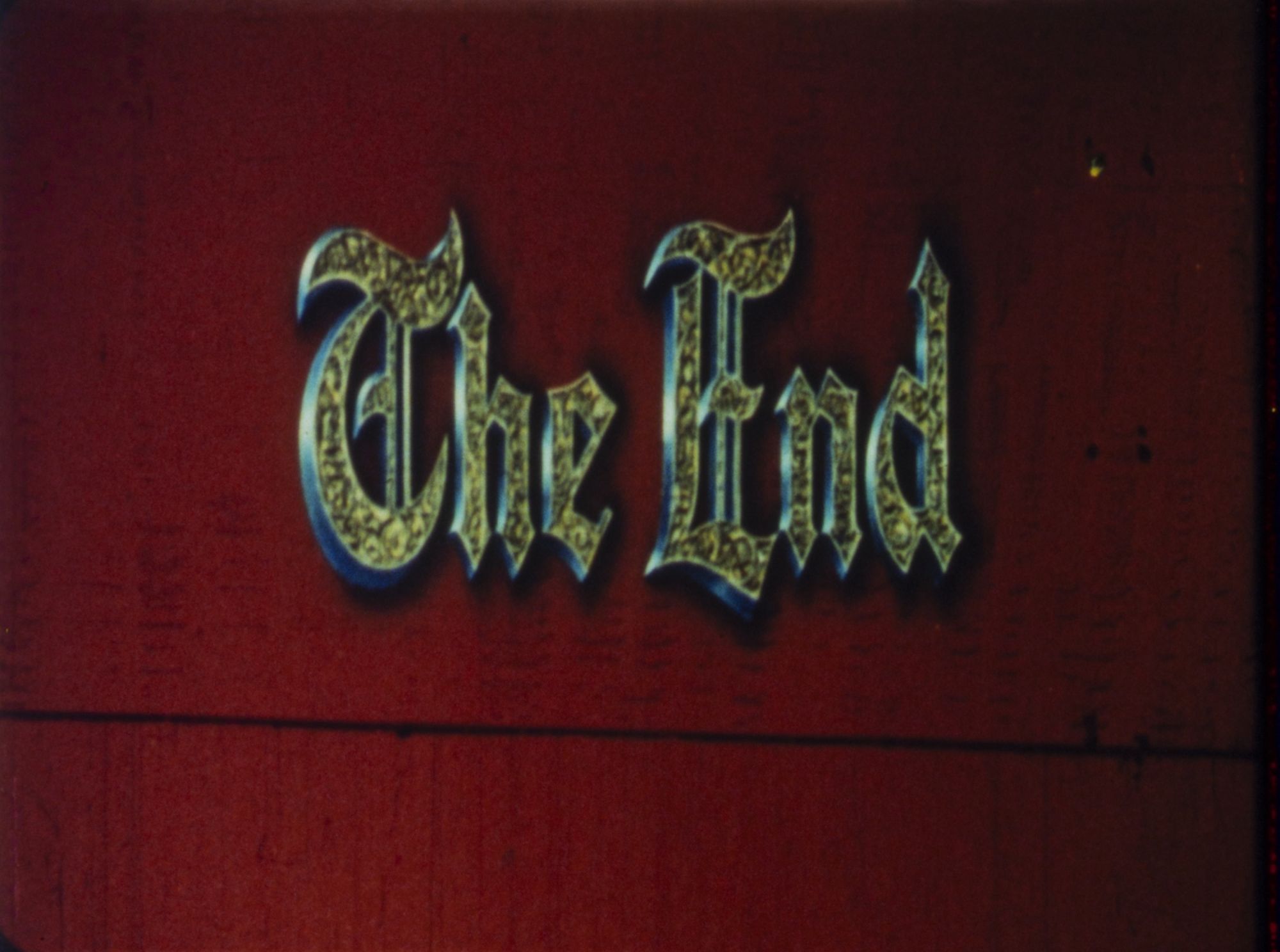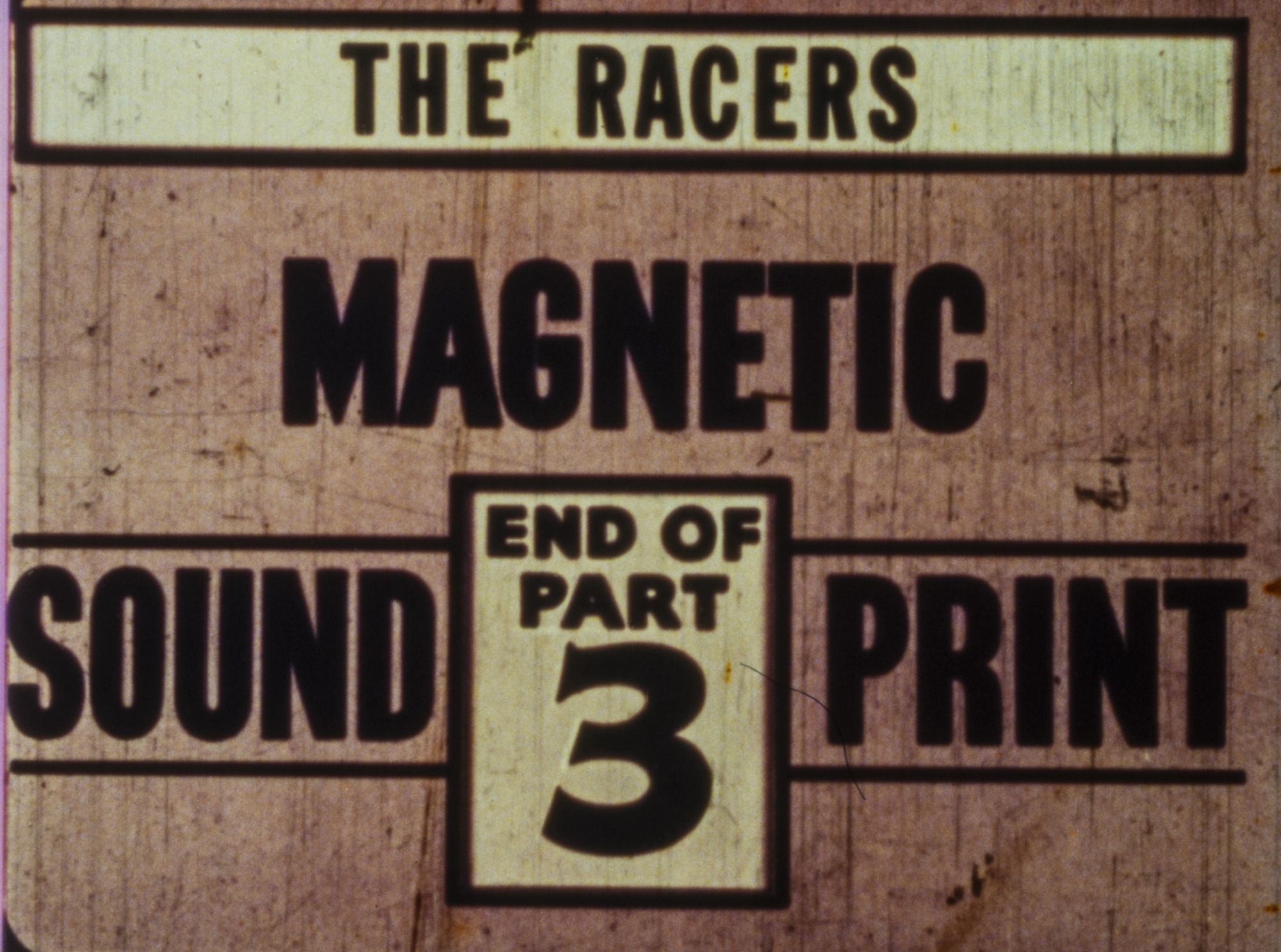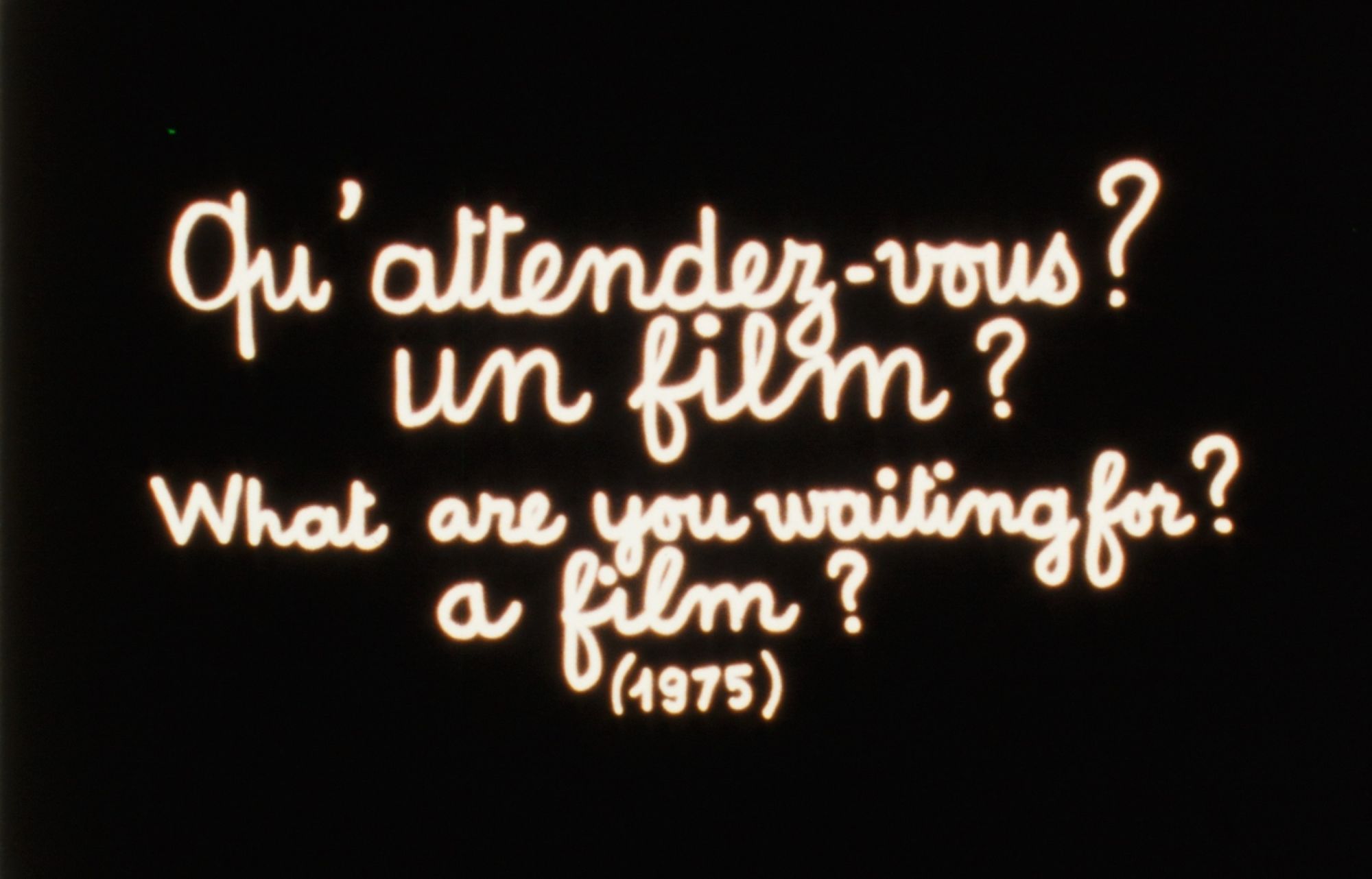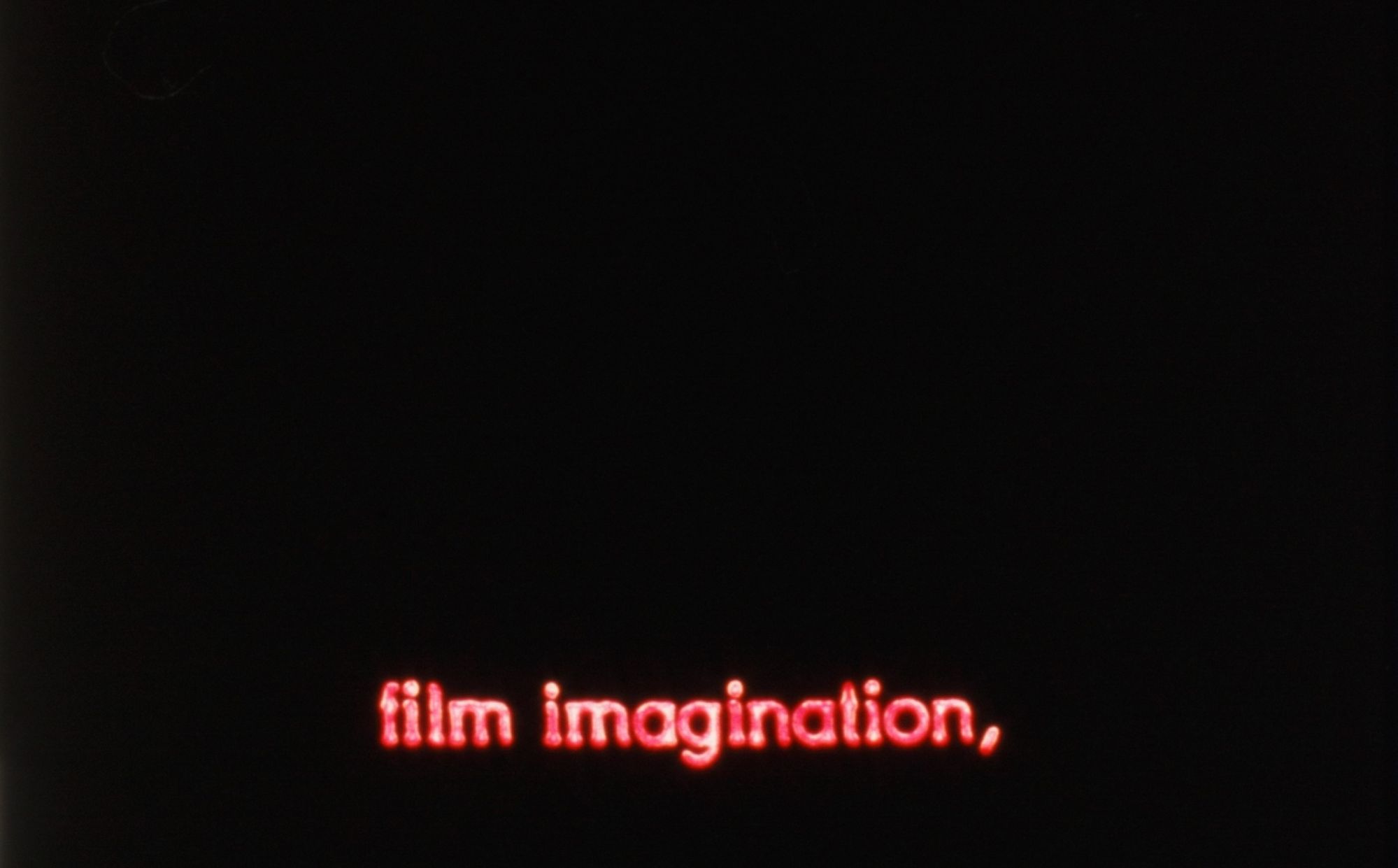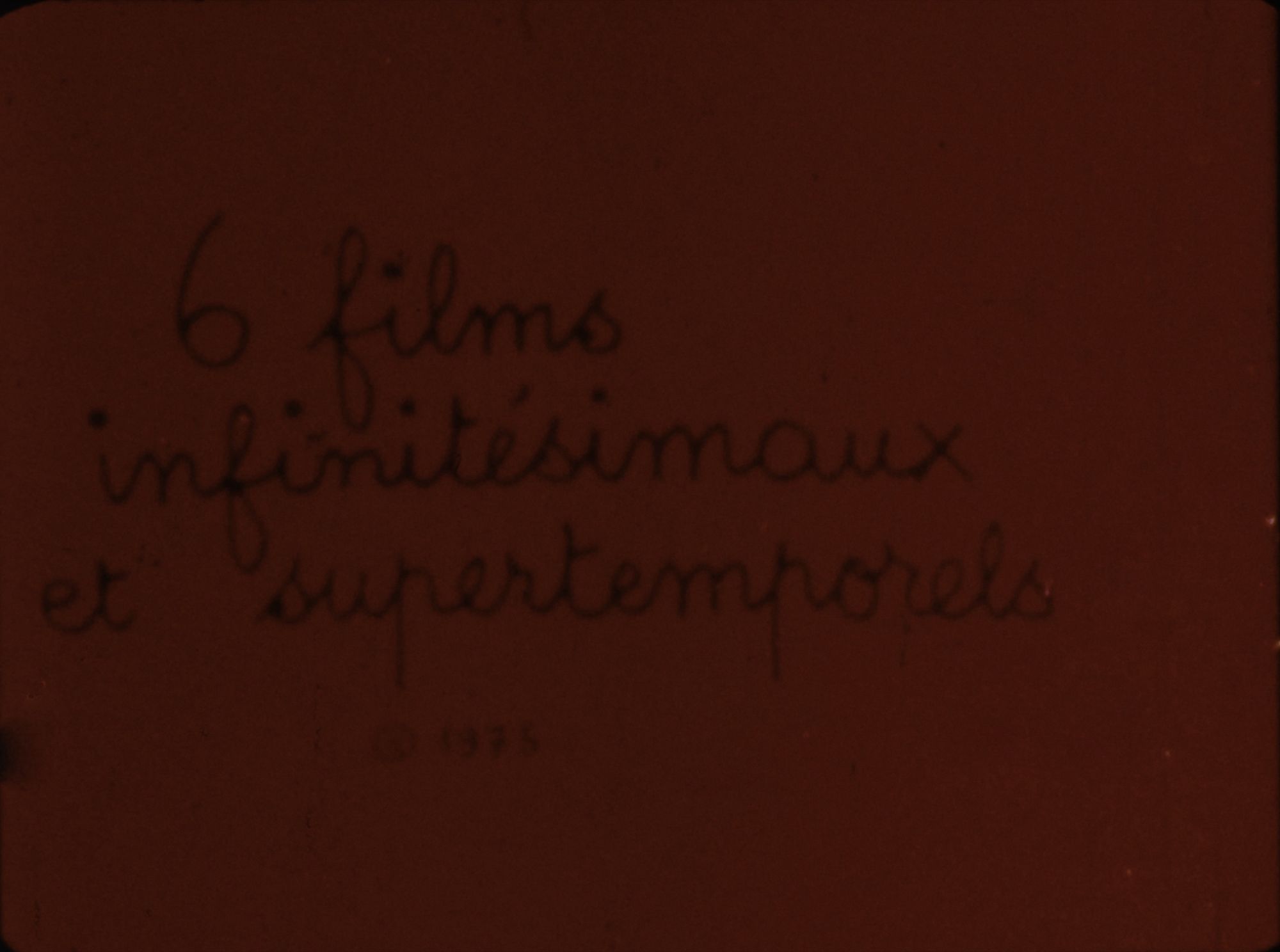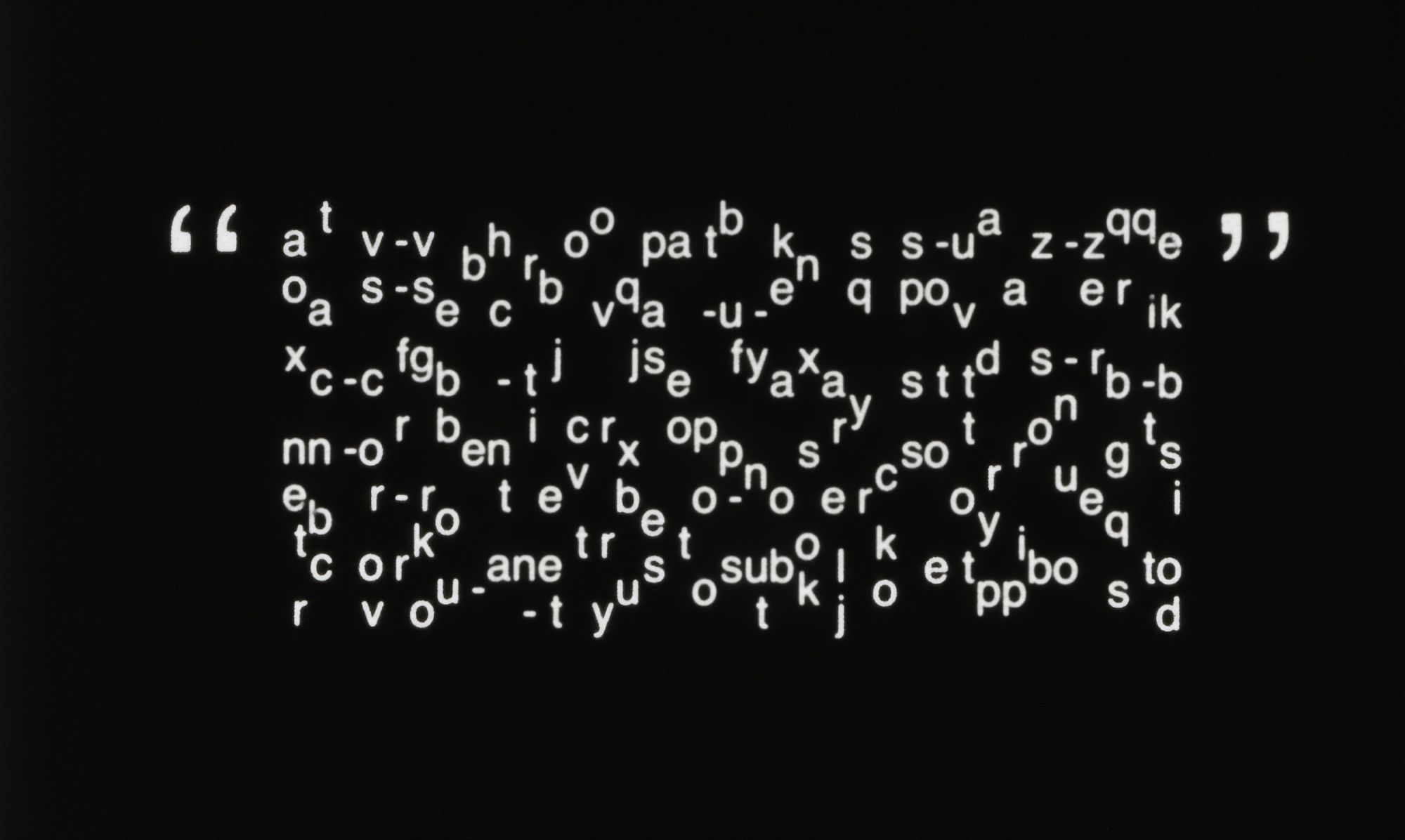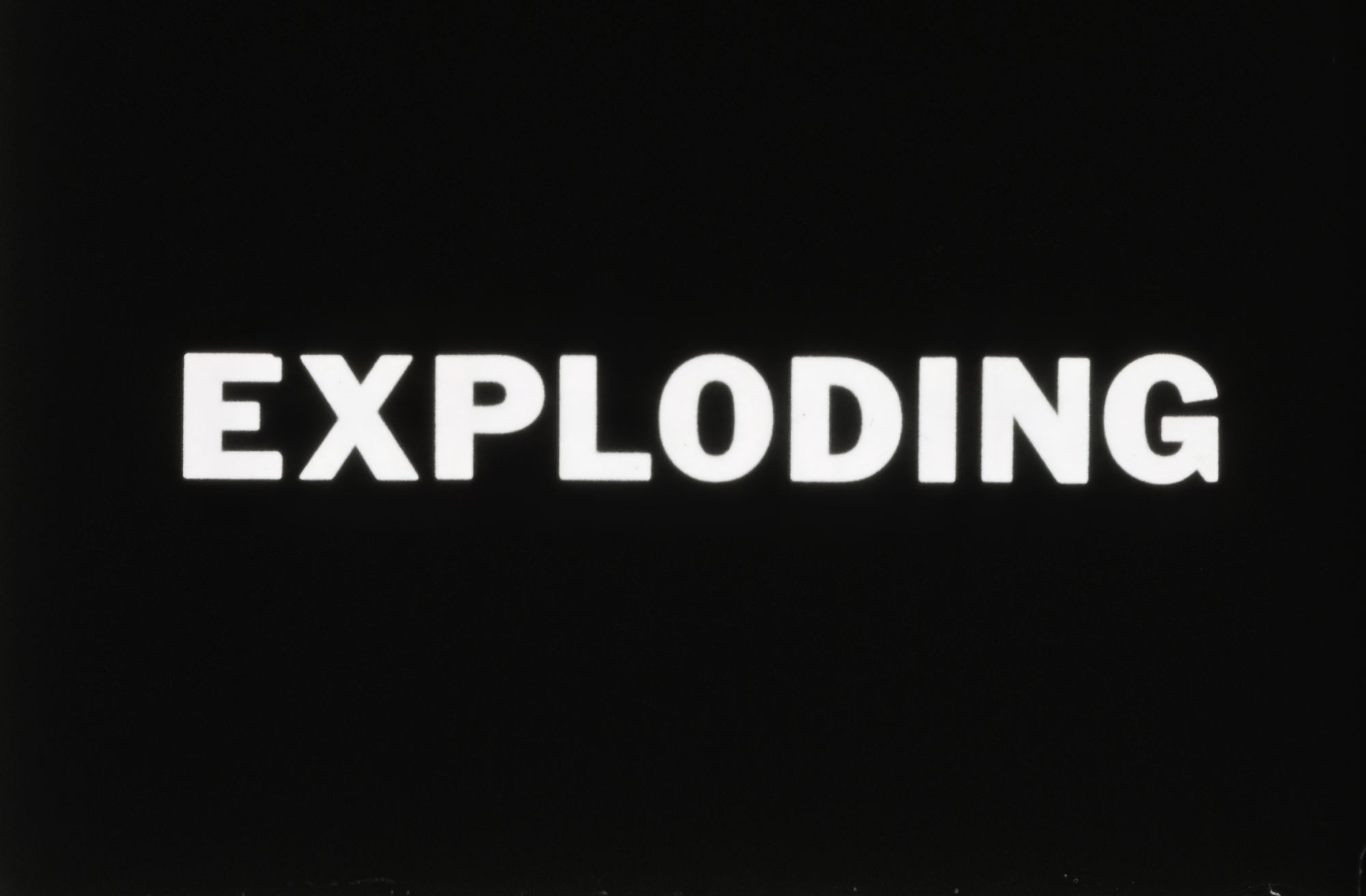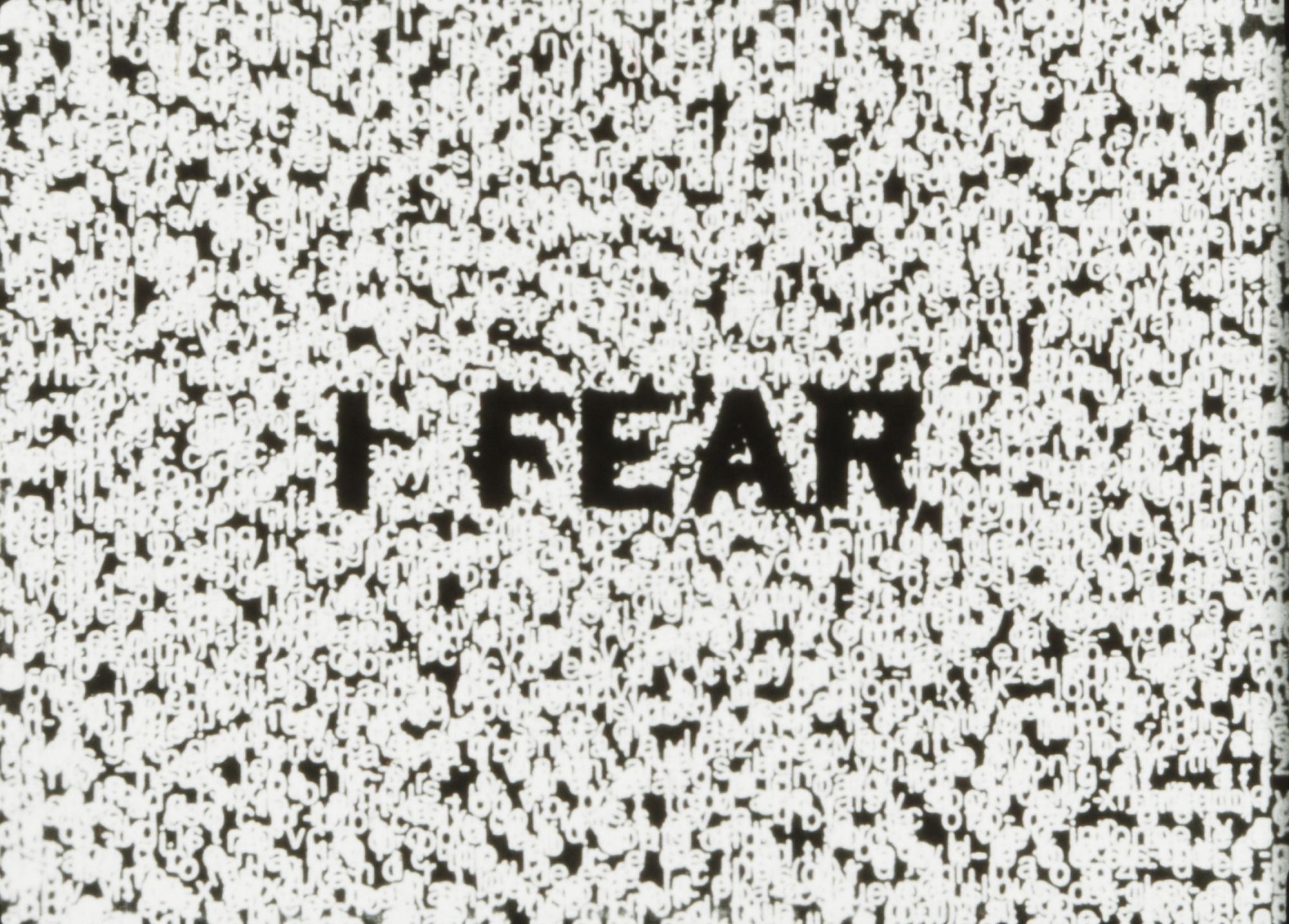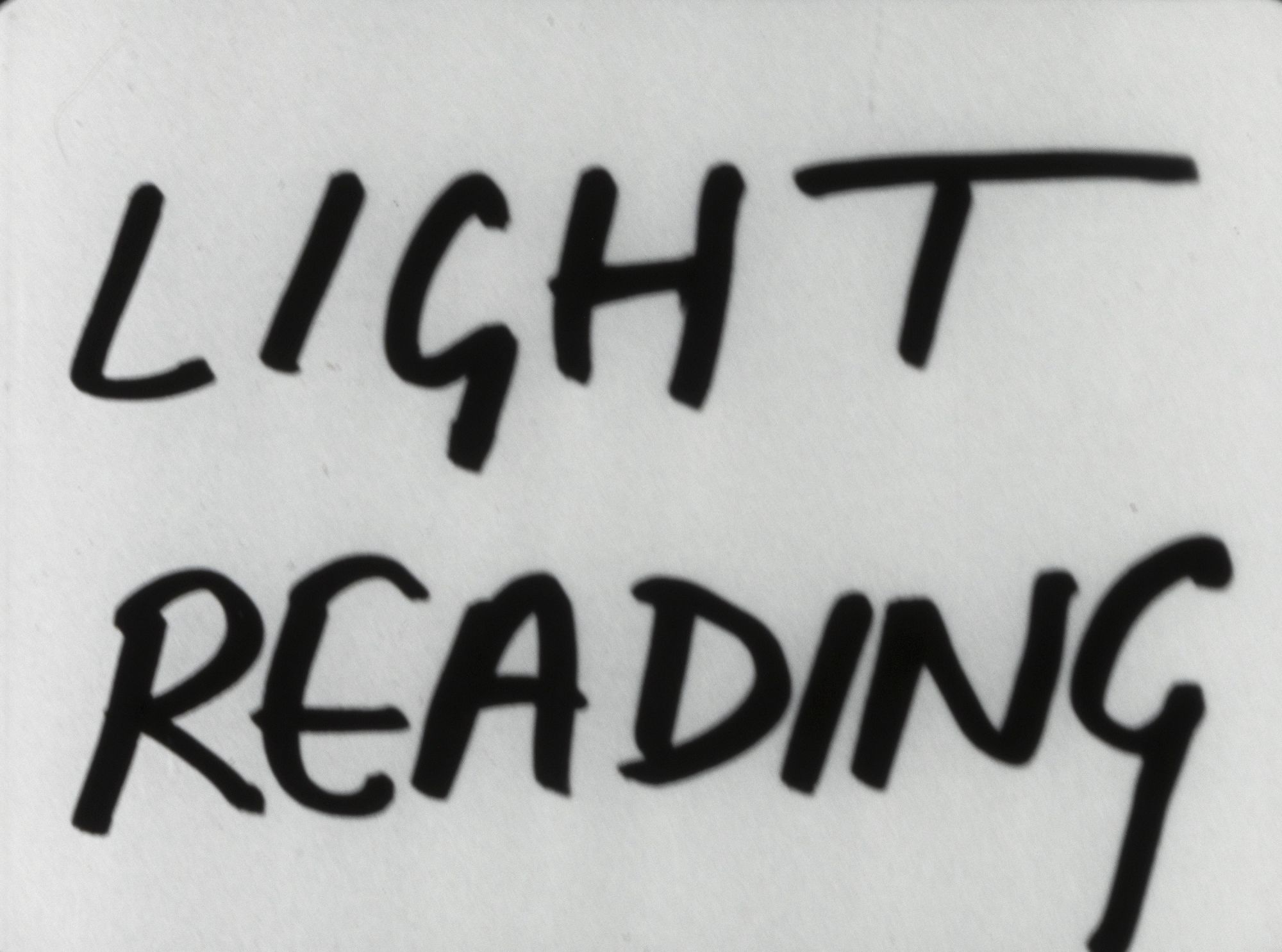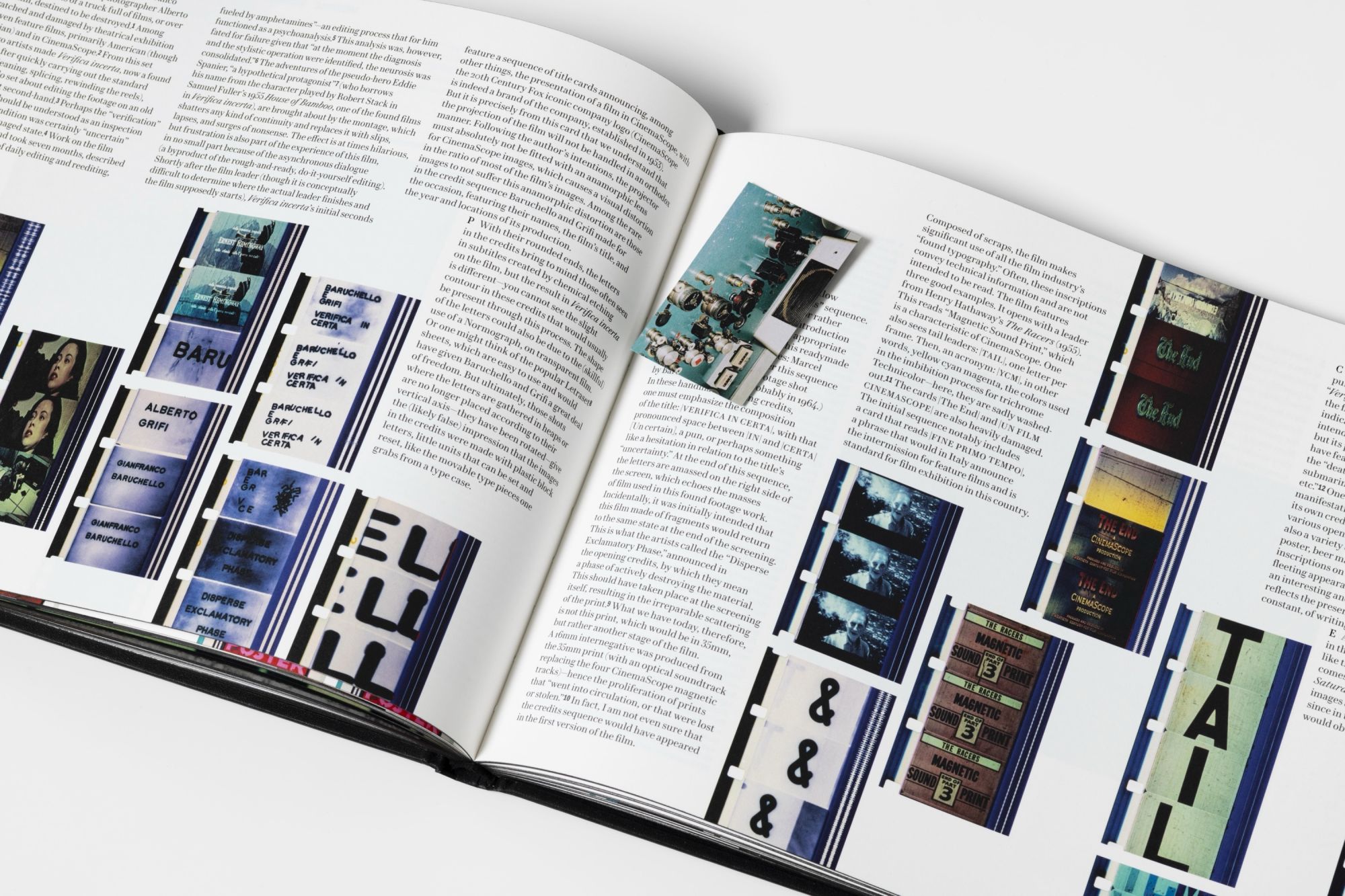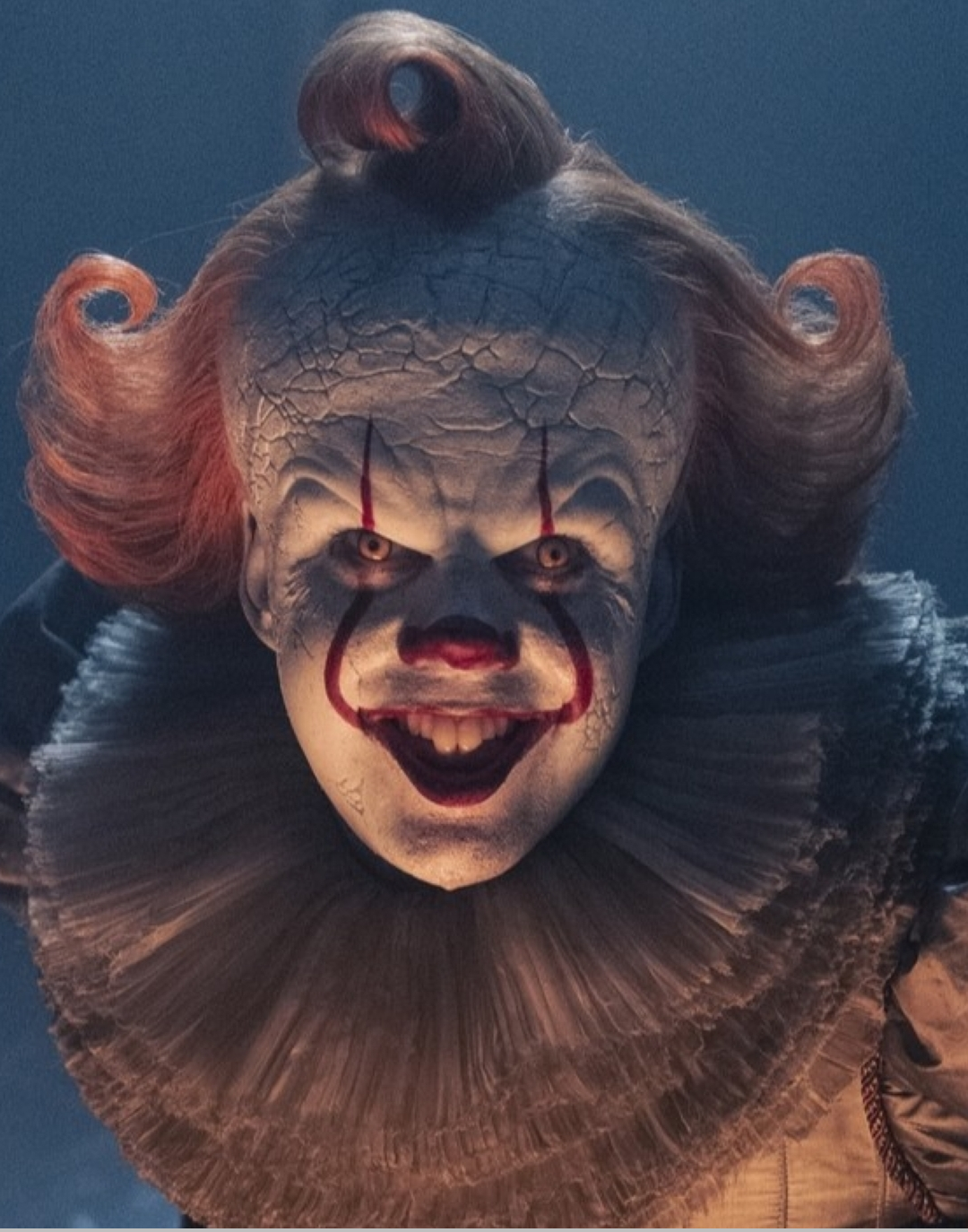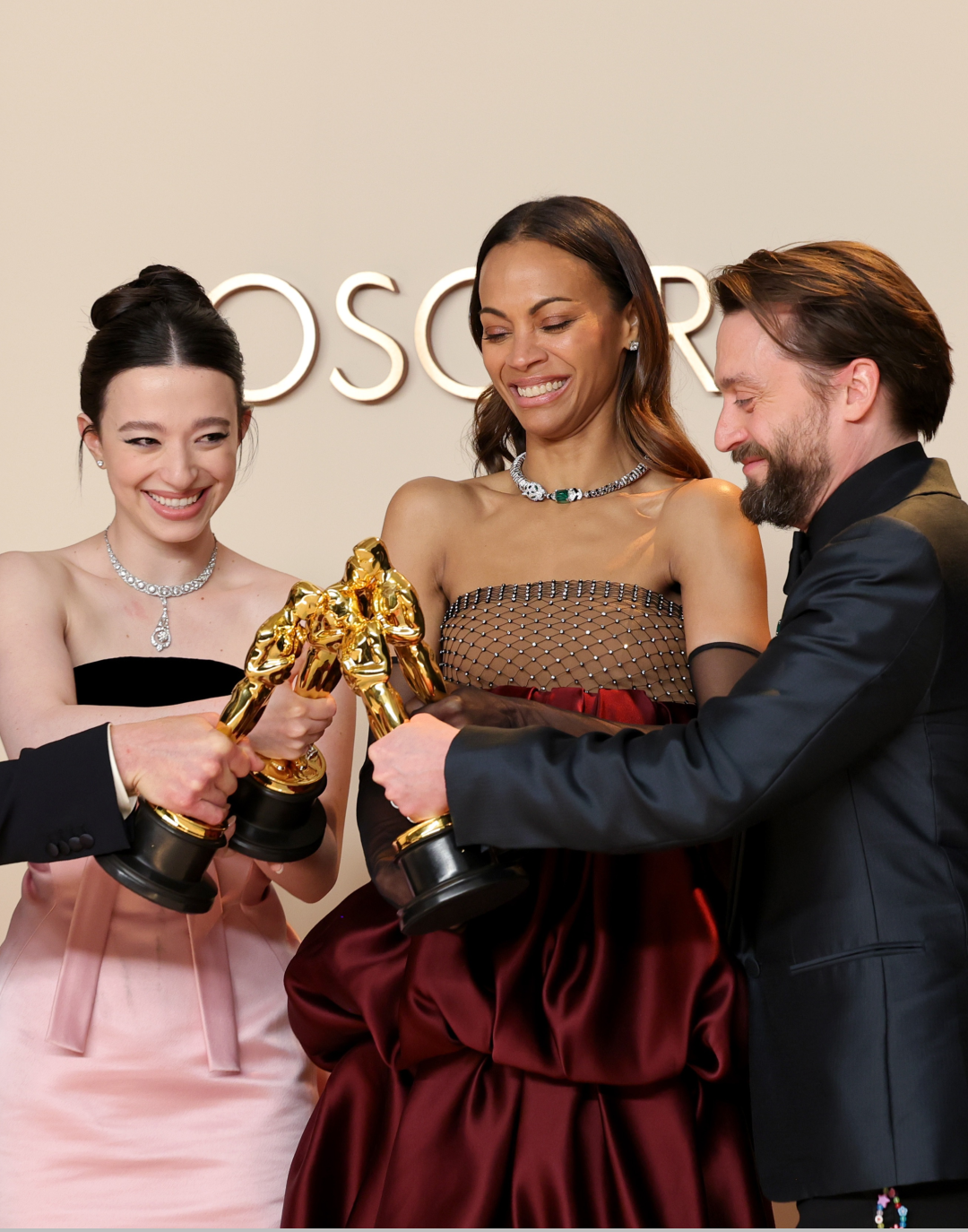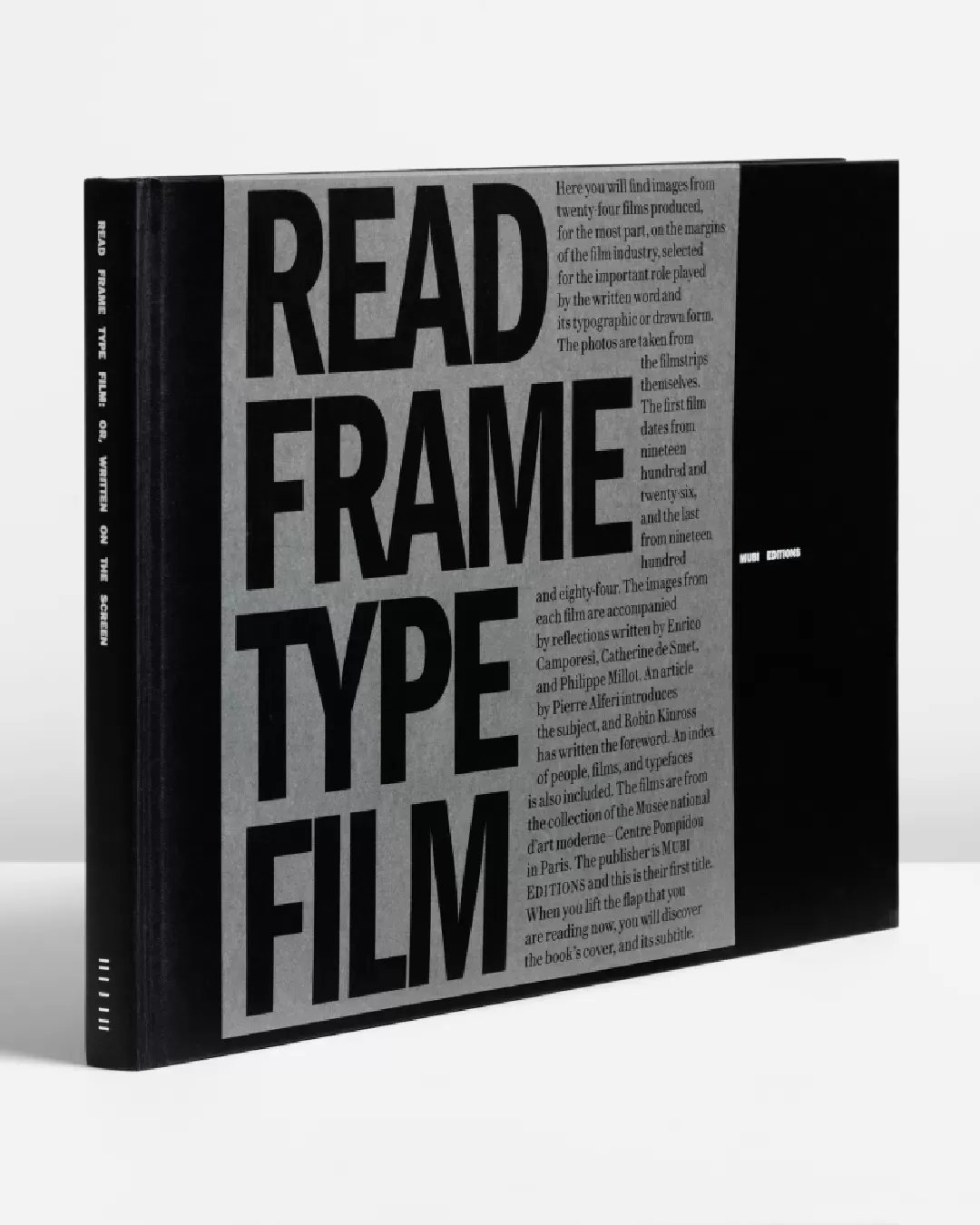
MUBI debuts in publishing with MUBI Editions We spoke to Enrico Camporesi, co-author of the first issue “Read Frame Type Film”
The year 2025 is proving to be a glorious one for MUBI. After the success of The Substance at the Oscars, the independent film production, distribution, and streaming company founded in 2006 has recently been valued at one billion dollars. These days, it is at the Cannes Film Festival with four new films (Sentimental Value by Joachim Trier, My Father’s Shadow and The History of Sound by Akinola Davies, The Mastermind by Kelly Reichardt) and finally, as if that weren't enough, it is preparing to launch a new business branch, MUBI Editions. With the aim of narrating independent cinema in an even more unconventional way, with a cross-disciplinary approach to the world of art and design and with the help of collaborators and researchers, MUBI Editions will focus on film history and culture, art objects created by artists and directors, rare re-editions, and, of course, MUBI productions. The first project is Read Frame Type Film, releasing on May 22nd, and created in collaboration with the Centre Pompidou in Paris to showcase the importance of the written word in experimental cinema. What better way for a film house that wants to start publishing books than by starting with the words in films?
Enrico Camporesi, assistant curator of the film collection at the Centre Pompidou, is one of the authors of Read Frame Type Film. Together with design historian Catherine de Smet and book designer Philippe Millot, they selected 24 films from the archive of the center. From these three different perspectives, a book was born that not only talks about words on the big screen but also about how they were imagined, designed, and projected over the last century. After contributing with an article on opening credits in experimental cinema to for MUBI Notebook, the independent house's first online magazine, Camporesi returned to collaborate with MUBI, once again involving de Smet and Millot, this time for a far more ambitious project. It is, in all respects, an experimental book, Camporesi tells us — «One of the authors is the designer, so it was conceived while we were writing it» — a characteristic that MUBI liked right away. «Their artistic direction, in general, is very attentive to these things. What was exceptional is that they enthusiastically embraced the idea of doing something ambitious and unprecedented precisely because it matched what they want to do with the next books,» Camporesi adds. «It's a manifesto.»
The films analyzed in Read Frame Type Film are all created by prominent figures of modern art and experimental cinema of the 20th century, such as Marcel Duchamp, Man Ray, Laszlo Moholy-Nagy, Dziga Vertov, Jean-Marie Straub, Danièle Huillet, Yvonne Rainer, and Michael Snow. Selecting them was not easy, considering that the Centre houses over 1,500 works, but they decided to select only 24 as a tribute to the 24 frames per second of sound cinema. «We tried to cover quite a broad time period; the first film is from 1926 and the last from '84,» Camporesi tells us. «The last film we discuss, Standard Gauge by Morgan Fisher, is quite iconic because it deals precisely with the film manufacturing industry, so there is this very beautiful reflective aspect that brings together the entire history of photochemical film.»
In addition to great classics like Anémic Cinéma by Marcel Duchamp (the first one analyzed in the book), unexpected works were also chosen, the curator of Read Frame Type Film anticipates, adding that one of the factors they paid particular attention to was making the selection as international as possible. To avoid focusing solely on the usual American experimental cinema, the team also explored European avant-garde and Soviet cinema, along with French movements. Another aspect they focused heavily on during the creation of the book was making the project accessible to everyone, which is not a simple task when it comes to the seventh art. «Both in the notes and in the text, we explain and argue the names that might be more obscure, so that it is accessible to everyone, whether you are an artist, designer, filmmaker, or cinephile.» This attempt at opening up niche culture is, in a way, also what MUBI did twenty years ago when it began reaching viewers who, until then, had never heard of Wong Kar Wai. Read Frame Type Film thus tells the story of cinematic typography with the same excited spirit, commenting on the films from three different perspectives to understand their evolution. «We all read something everywhere, not only in books but also in urban spaces,» Camporesi concludes. Together with MUBI Editions, the team from the Centre Pompidou brings the words of cinema back onto the page, preserving all the unconventional and avant-garde verve for which MUBI has always been known.


